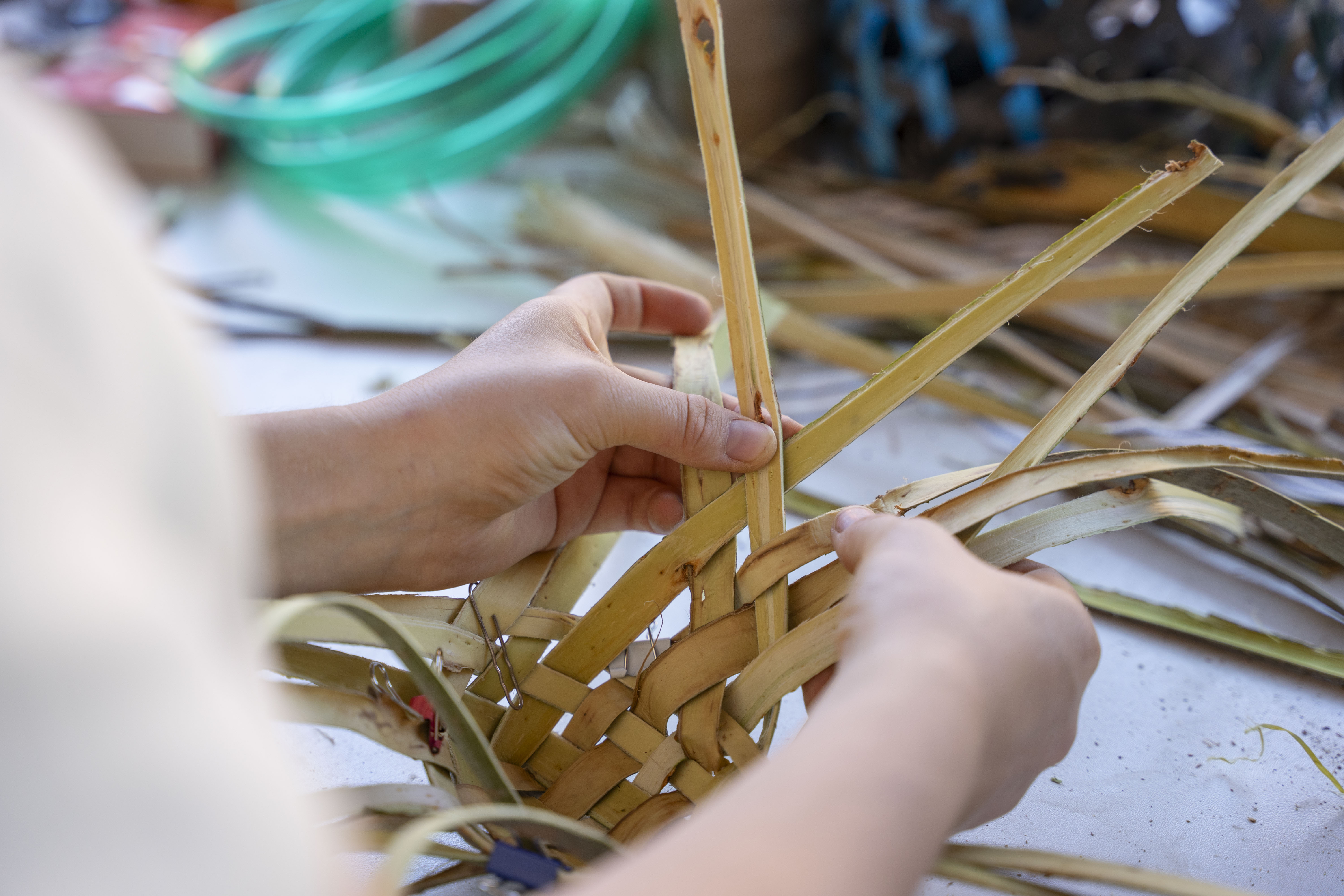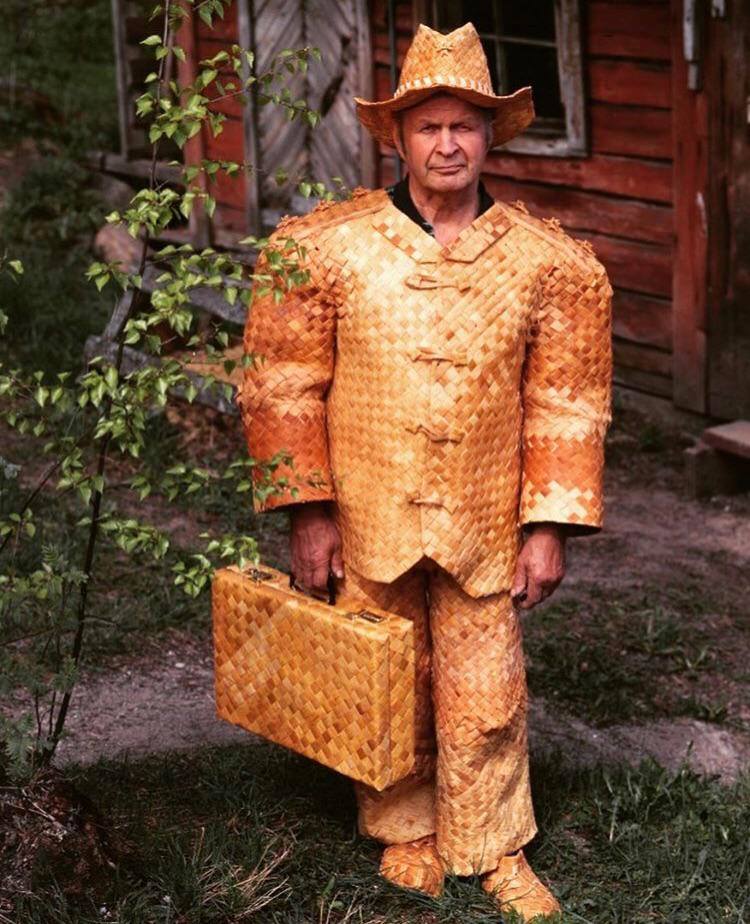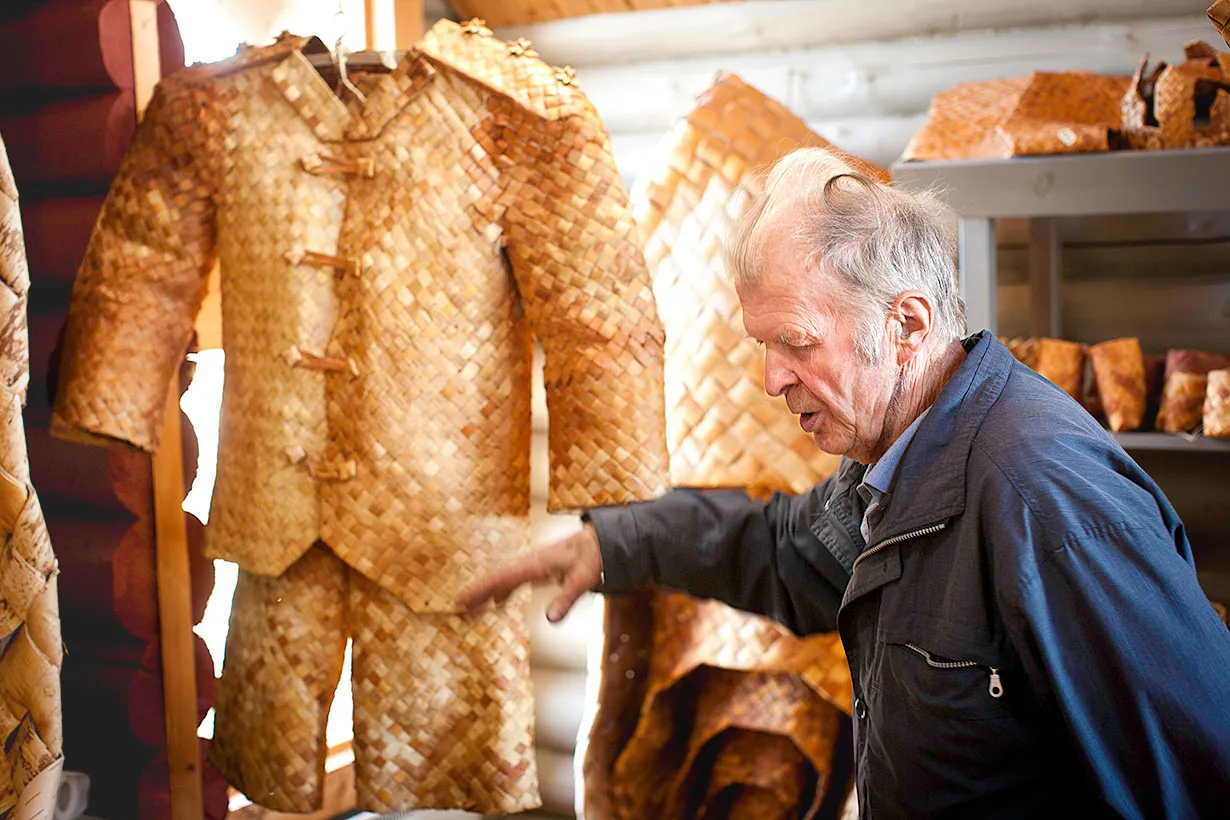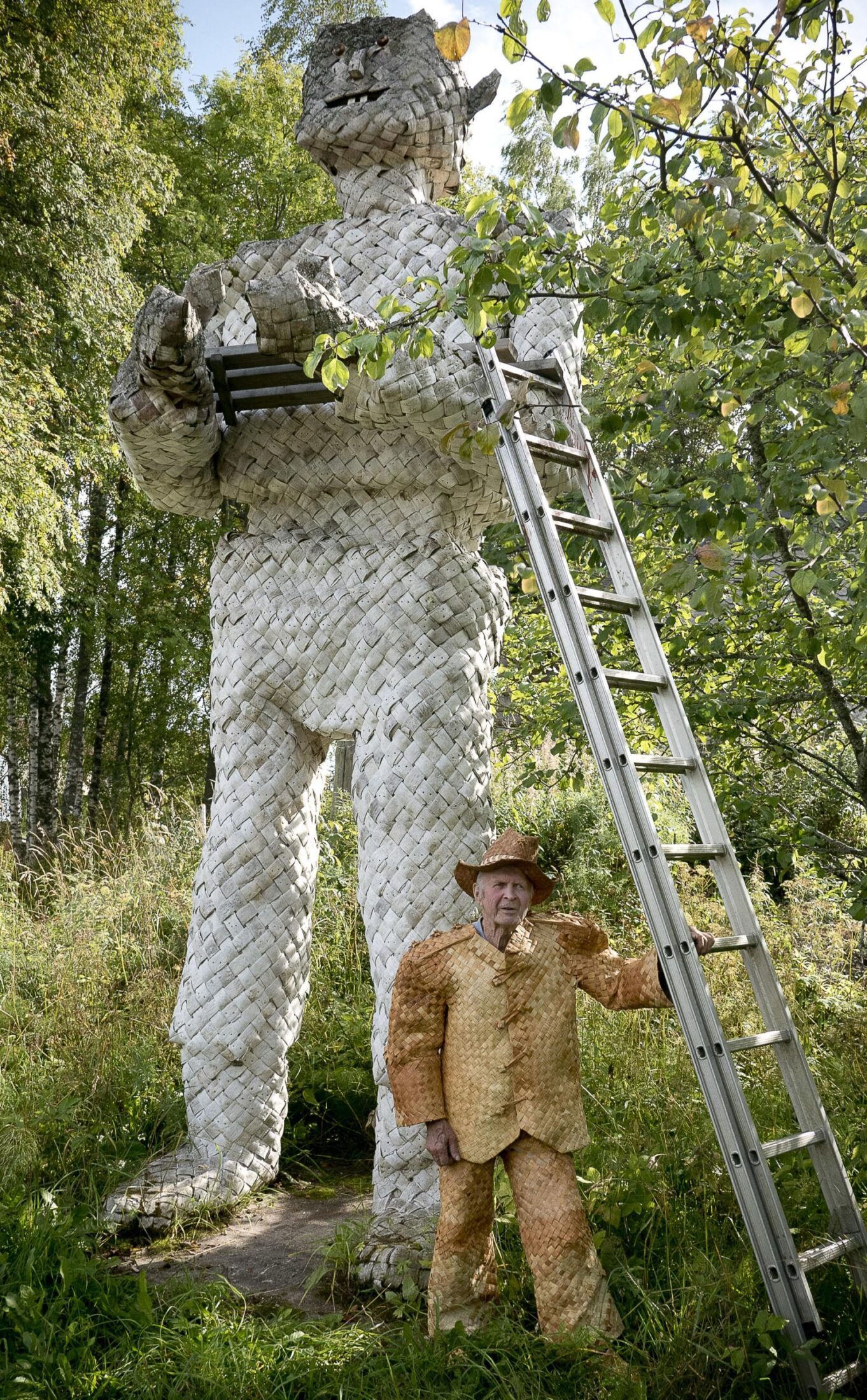Basket plaiting with foraged willow bark
During the Urban Foraging-summercamp, Soft Connection Lab invited young designers and artists from different disciplines to rediscover (natural) materials from our close surroundings. Doing so, the summercamp aimed to re-establish the emotional connection with the material world, to make more sustainable creative choices.
Under the guidance of Bert Blancke from the Fiberschool, the Soft Connection Team and the participants explored some urban wastelands in the port area of Ghent, where nature could grow without many restrictions. While indigenous craftspeople still use natural materials from their immediate surroundings to create everyday utensils and utilities, our relationship towards materials, objects and their origins has become rather detached. Students too often start from an image and just buy ready-to-use materials online. They lack awareness of the choices they make, and don’t feel emotionally connected to our material world anymore.
In the framework of Nomadic School of Arts the summercamp (september 2023) gave the participants the opportunity to discover the potential of the urban flora. Soft Connection Lab shared its expertise around textile connection techniques, which were intentionally broken free from their conventional basketry application.

The power of willow
One of the most satisfying materials to work with is the foraged willow bark. Willow trees can be found growing spontaneously on urban wastelands. They grow in abundance and grow even better when coppiced. During springtime, when the sap flow is abundant, the bark can be easily stripped of the foraged willow branches. During wet summers, the bark can be peeled off until the end of July.
If you want to weave with willow bark, it’s important to cut the bark in strips. A 2D rectangular crossed surface serves as a base. To build up the three-dimensional shape, it’s necessary to diagonally cross the strands. The fresh bark feels like leather and is very smooth to work with. When the fresh bark is not available, dry bark can be easily soaked and braided.
Inspired by the Lapti shoes made from Birch bark growing in the woods of Northern Finland and East Russia, one of the researchers studied the method to braid 3D shapes. During the summercamp, the work of Erkki Pekkarinen was also shown to the participants to trigger their inspiration and broaden their perspectives on possible shapes. You’ll discover the work of this birch bark magician in our article.
The insights about the creative possibilities of using strips of bark for artefacts were a revelation, and stimulated a renewed, more emotionally connected relation to materials.


